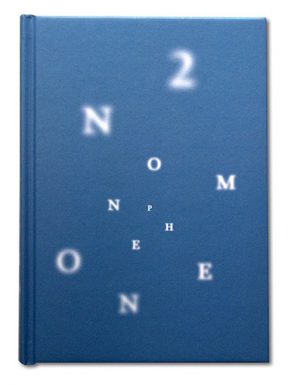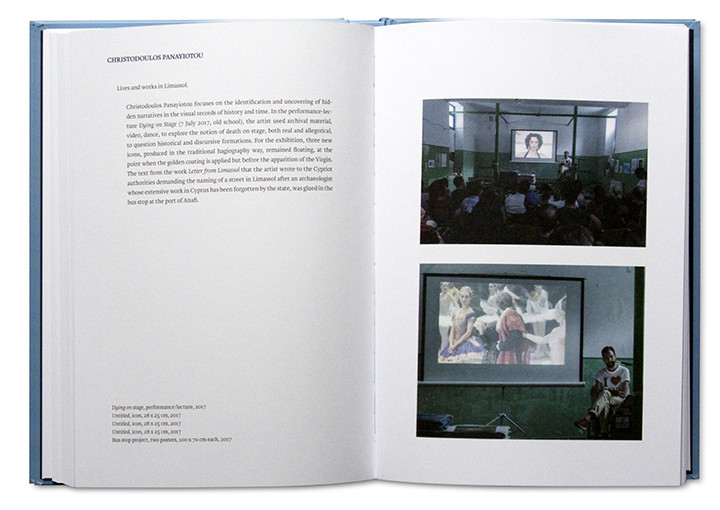Beaux livres

Titre : "Phenomenon 2"
ISBN : 978-2-9556330-1-4
Éditeur : The Phenomenon Association, Paris
Direction du projet : Iordanis Kerenidis at Piergiorgio Pepe
Presse et communication : Aggelika Mitsiou
Photographie : Alexandra Masmanidi
Assitance : Georgia Souvatsi
Nombre de pages : 160
Façonnage : format 17 x 24 cm à la française, couverture cartonnée habillage contrecollé et rembordé sur carton 24/10, gardes rapportées vierges début et fin d'ouvrage, intérieur 10 x 16 pages, reliure cartonnée, dos droit repincé
Impression :
- Couverture : quadri recto, pelliculage mat recto
- Intérieur : quadri recto/verso
Types de papiers utilisés :
- Couverture : imprimée sur couché demi mat 135 g
- Gardes rapportées : imprimées sur Sirio dark blue 140 g parallèle sens fibres au pli
- Intérieur : imprimé sur Amber Graphic blanc certifié PEFC 100 % 150 g
Kerenidis Pepe Collection: http://picbear.online/kerenidis_pepe_collection
Phenomenon 2
Ce beau livre aux tonalités bleu ciel présente la deuxième édition de Phenomenon, biennale d’art contemporain organisée sur l’île d’Anafi en Grèce par l’association Phenomenon et la Collection des deux collectionneurs Iordanis Kerenidis et Piergiorgio Pepe. Phenomenon 2 a eu lieu du 3 au 16 juillet 2017 sur toute l’île, incluant résidences d’artistes, performances, lectures, projections vidéo et expositions. Dix artistes, curateurs ou chercheurs étaient invités : les artistes Ignasi Aballi, Dora Garcia, Mario Garcia Torres, Chrysanthi Kouminiaki, Julien Nédélec et Christodoulos Panayiotou, la danseuse et chorégraphe Lenio Kaklea, le curateur Grégory Castera, le théoricien des médias Paul Feigelfeld et l’anthropologue Margaret Kenna.
Phenomenon 2 looked at how histories, collective and personal, are socially constructed and constantly renegotiated. Anafi, at its small but telling scale, is a prime example of cultural stratification, where the Apollo temple quietly serves as the foundation of an orthodox monastery, while the history of the exiles that were held in Anafi has silently cohabited with the island’s local history. What are the forces at pay that actualize the visible and the discursive and construct historical formations? How can history be retold and the master narrative denaturalized? The project investigated the circulation of images through space and time and argued for a multiplicity of partial and irreducible archaelogies that create new connections and open up the world to new kinds of imaginaries.
Extrait de l’introduction.

